The heroes of the past and our days: testing AGP-video card on a more modern system

- But I have such a fee, a real dinosaur! - wrote one of the readers of the previous article, - support for 2-core processors, 4 DDR-2 slots and the AGP port that has disappeared in our time, - maybe we can put your HD3850 on it and try to conquer new heights?
Last time we managed to launch a top-end video card 10 years ago on the AGP interface that had already come out of use and test it in modern games. ATI Radeon HD 3850, the latest and fastest video card released for this connector, was a gamer's dream in 2008. The motherboard proposed by the reader has characteristics unattainable for those times, and with all this, it is 2 years younger than the video card and was released as early as 2006. What happens if you combine them and test in modern games?

')
In the last article, we tested the HD3850 AGP in applications and played games . I was already thinking of putting it on storage on the shelf, and I was sorry that we never managed to unleash its full potential.
And already after one of the readers wrote that he has stored just one of the exotic motherboards that work immediately with a dual-core processor and AGP. This is a true Frankenstein of his time! Judge for yourself: AM2 + socket, up to 8 GB DDR-2 memory and with all this having an AGP port. I immediately wondered how she would show herself in conjunction with AGP Radeon HD 3850 512 Mb.
So good luck! Let's try?
I propose to go all the way to the maximum upgrade and setting up an incredible 12-year-old system in conjunction with the fastest existing AGP video card and try it out in games!
In search of the perfect "iron" for the upgrade
When, before writing the last article, I got into the hands of the top of the existing AGP video cards, HD 3850 512 Mb, I began to look for information about motherboards that allow you to run something modern and have an AGP interface onboard. The searches led me to several models, I tested a map on one of them in my article, and already in the comments WebFlyer wrote :
ASRock released frankensteynov with AGP support - One of the latest AM2NF3-VSTA for AMD Soket AM2 + (Up to Phenom II X4 Deneb inclusive) and 775Dual-VSTA Under Intel LGA775 (up to Conroe Core2Duo inclusive)
Of course, it would be nice to get one of these and look at the work of the HD 3850 with maximum power!
And so, another user, SunUp, and became the reader (with the Read and Comment account), who provided AM2NF3-VSTA for a while, for which many thanks to him!
This is an ASRock motherboard with an AM2 + socket, 4 slots for DDR2 RAM, an NVIDIA nForce3 250 chipset and an AGP 8X port.
Here are its characteristics from the official site:
Socket AM2 + / AM2 processor support: AMD Phenom FX / Phenom / Athlon 64 FX / Athlon 64 X2 Dual-Core / Athlon X2 Dual-Core / Athlon 64 / Sempron
NVIDIA nForce3 250 Chipset
Hyper-Transport and AMD Cool 'n' Quiet Technologies
Supports dual-channel DDR2 1066/800/667/533 (4 x DIMM) non-ECC, non-buffered, maximum capacity 16 GB
ASRock AM2 Boost: Patented ASRock technology for up to 12.5% memory performance
Untied Overclocking: wider tolerances for FSB overclocking by fixing AGP / PCI tires
Hybrid Booster - ASRock Secure Overclocking Technology
1 x AGP 8X
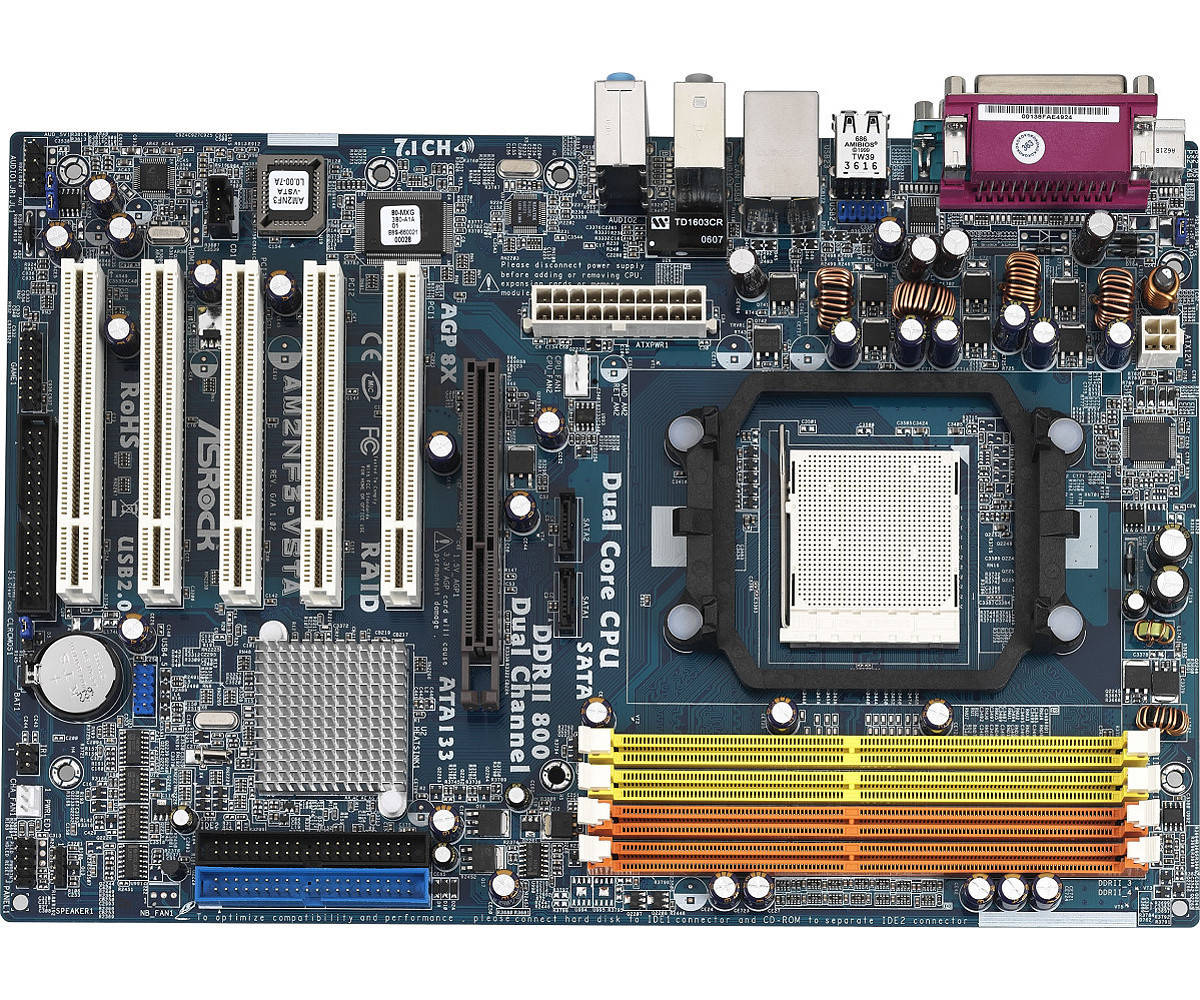
Support for 2-core Athlon X2 processors!
Scope of delivery from 2006
When SunUp gave me this fee, it was right in the box.
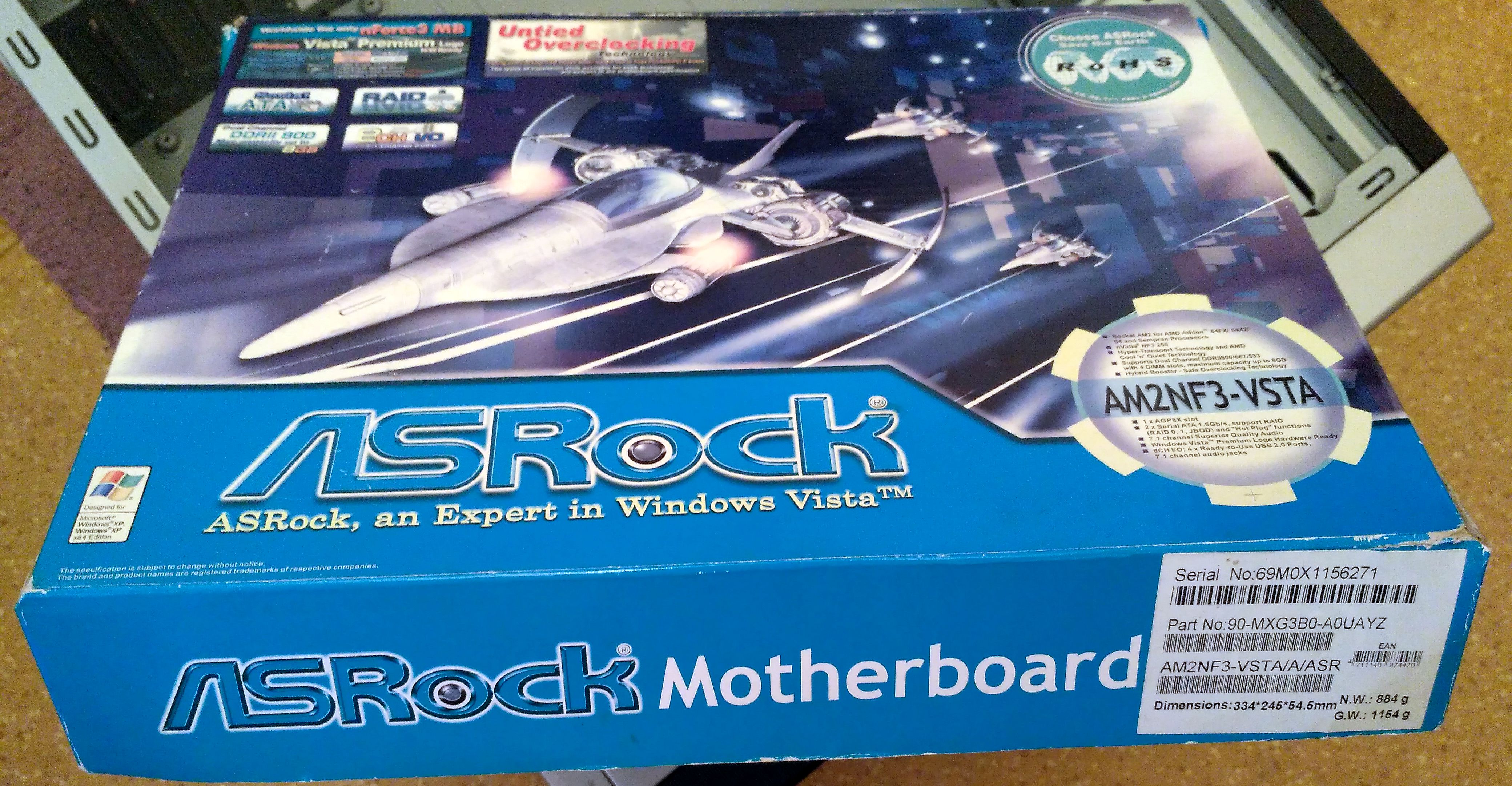
In the box lay: a driver disk, a board, a cap for it, and a book with instructions.
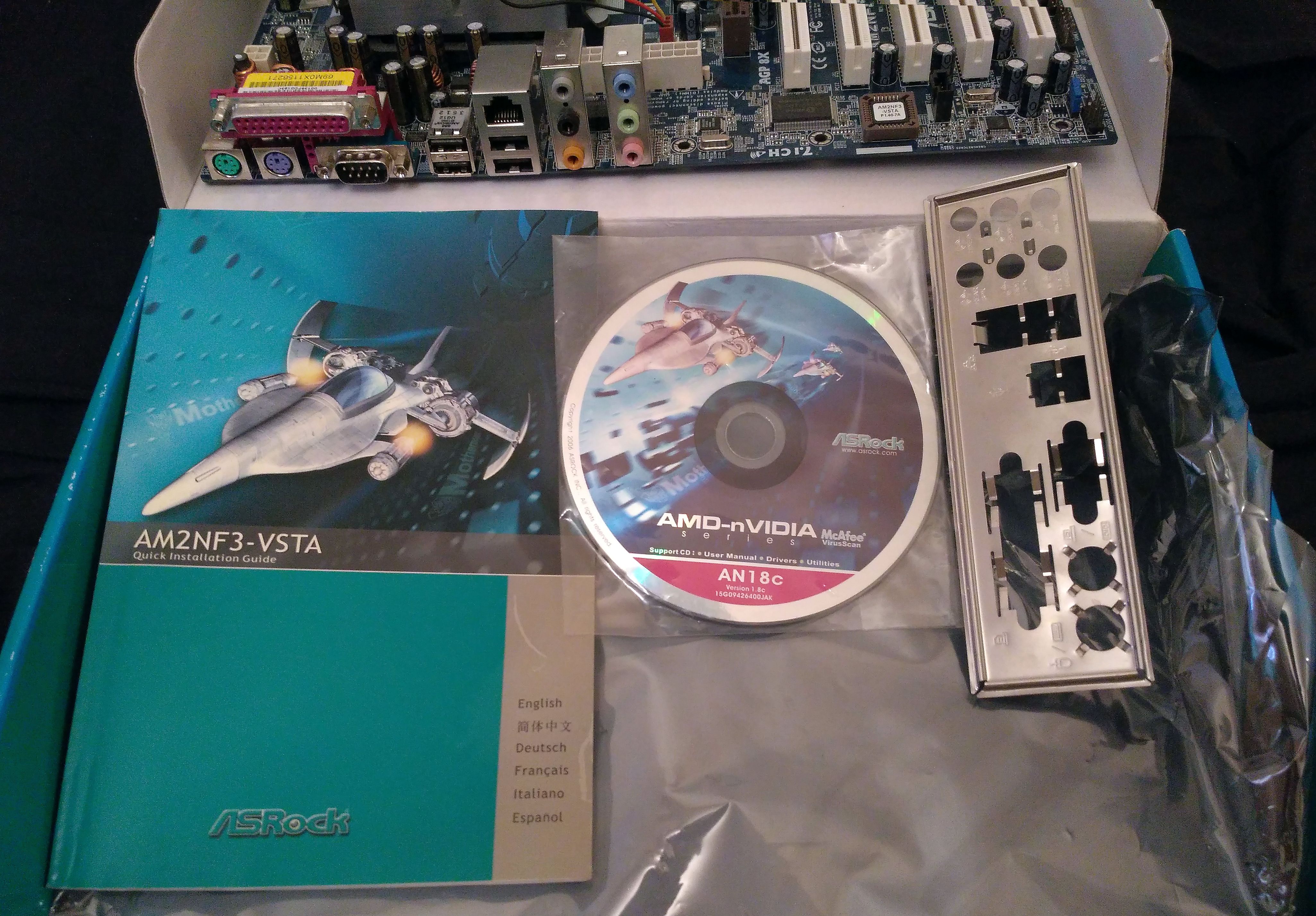
Again, this is a 2006 model, think how carefully he kept it!
In addition, in addition to the board was attached AMD AMD Athlon 64 X2 6000+ processor, what is needed!
Let's try to increase the speed to the maximum
What can be collected on its basis? We already have a video card for it. Add the attached processor. Stop ... Let's look again at the characteristics of the list of supported processors.
Some motherboards with AM2 + have support for working with processors already on the AM3 socket. So it turned out this time too - despite the fact that it is not indicated on the main page in its description, the board can work with quad-core Athlon 2 X4 and Phenom 2 X4 processors.

AMD has such a feature - backward compatibility of sockets, when some processors of an older model can work on motherboards with a previous generation processor socket.
Therefore, after wandering around Avito, I found an AMD Athlon 2 X4 processor with a frequency of 3000 MHz. Already better! Look for the memory. I found 4 DDR2 modules of 2 GB each. So, the processor, memory and hard is, we will begin assembly.
Build a test system
We put the processor, 8 GB of memory, video card. For the beginning, I chose Windows 7 as the OS.
Installing the system ... Everything is OK, all the drivers are already on the attached disk. It remains to install the driver for the HD 3850.
Signs of an old board
At the motherboard, the power connector is another 20 pin, not 20 + 4, as it is now.
When you press the power button on the radio noise is heard in the FM-band. If you are listening to the radio at this point, it will most likely be drowned out. New boards are no longer sinful.
The board has only 2 first-generation SATA connectors.
First obstacle
How much I did not try to find a driver for Windows 7, I did not succeed. The driver was nowhere to be found, from XP did not fit. Windows worked in 800x600 mode and showed error 43.

I began to look for information, how to get around error 43, and came across a forum where one of the users gave a link to the support features of the video cards with this motherboard:
www.asrock.com/support/note/AM2NF3-VSTA.html
ATI AGP Card (Windows XP 64-bit / Vista 32-bit / Vista 64-bit):
Under Windows Vista 32-bit / Vista 64-bit OS, this card doesn’t support ATI AGP card, because NVIDIA doesn’t provide nForce3 250 driver for Windows Vista OS.
* AGP texture acceleration will be disable under Windows XP 64-bit OS.
What the translation means:
ATI AGP cards (Windows XP 64-bit / Vista 32-bit / Vista 64-bit):
Under Windows Vista 32-bit / Vista 64-bit, the motherboard does not support ATI AGP cards, because NVIDIA did not provide the proper driver for the nForce3 250 chipset for Windows Vista.
* Hardware acceleration of AGP textures under Windows XP 64-bit will be disabled.
You are welcome! Buy our super cool motherboard, but you can’t put half of good graphics cards into it. And this is not a single mention on the main page with a description of the board on the manufacturer’s website. However, NVIDIA, without making support in Windows Vista (and, consequently, in subsequent ones) for ATI video cards, provided it with support for its own video cards.
I must say that then was the peak of the confrontation between ATI and NVidia. Then they had fierce fights, both for the hearts of buyers, and loud showdowns in the courts for patents. I think this is an echo of the events of that time.

Yes, and under Windows XP installed through a small dance with a tambourine: you first need to install the NVidia GART driver, and only then the video card driver. When installing this additional driver on Windows 7, the OS "falls" into the blue screen.
That is, the rest it turns out that with this and my Radeon you can only use under Windows XP, not even 64-bit. In XP, the maximum version of DirectX is 9c, so the focus with the launch of GTA 5, as in the previous article, will not work here.
(check out the music in the video)
But what about 8 gigabytes of RAM? The board is absolutely not adapted for comfortable work with any of the ATI video cards!
How to achieve the desired performance?
I began to think. I have an ATI video card, there is no Vista support. It means there won't be DirectX 10. There is no support for 64-bit systems, and this is only 3.5 GB of RAM out of the 8 that I have.
In the comments x86d0cent wrote about this :
In general, it is not necessary - this is also solved with the help of PAE. Those. you can install Linux (at least Left4Dead 2 and Team Fortress 2 are exactly under SteamOS) or Win2003, or screw it to XP.
PAE is one option. But I would like to test a 64-bit operating system. Wait, and after all in restrictions on a site of the manufacturer nothing is told about Windows 2000 and 2003 Server! What if you try them?
Choosing an operating system
Windows xp
In order for the system to “see” all 8 GB of RAM, at first I tried whether the expansion of the physical addresses of PAE in Windows XP would do. How much I did not try, but Windows XP, although I wrote in the properties of the system about PAE, refused to see more than 3GB of memory.
Later, I came across an article on how to add PAE in Windows XP, here it is:
https://geektimes.ru/post/202406/
In short, for this you need to replace several files, the archive is attached there.
I did everything as it was written, downloaded the files, replaced them, but in my case only the inevitable Blue Screen was obtained.
Another option
The second option, according to the comments to the same article, was to create a virtual disk from unused memory and transfer the swap file to it. I installed SuperSpeed RamDisk Plus and tried it.
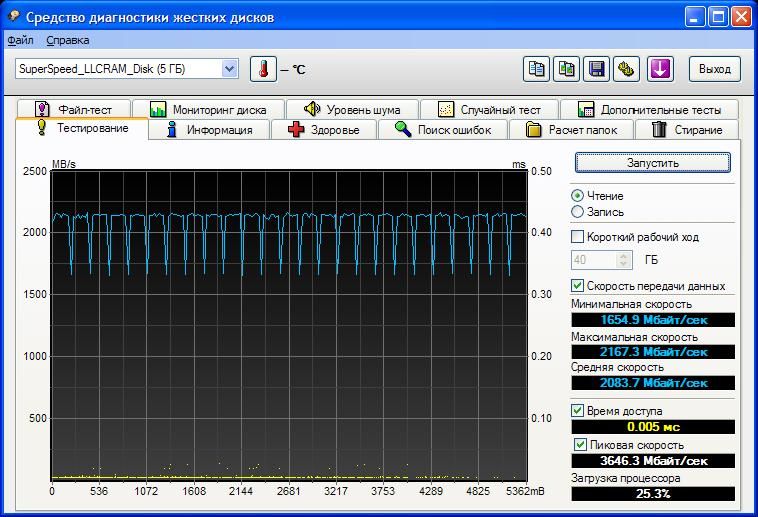
However, all that was waiting for me - only the same blue screen. Perhaps it would have worked with other programs, but it took me too long to try. About 8 gigabytes on Windows XP will have to forget.
Performance test
3D Mark 06

https://www.3dmark.com/3dm06/18027499
3D Mark 03

https://www.3dmark.com/3dm03/6537093
Aida64
CPU Queen
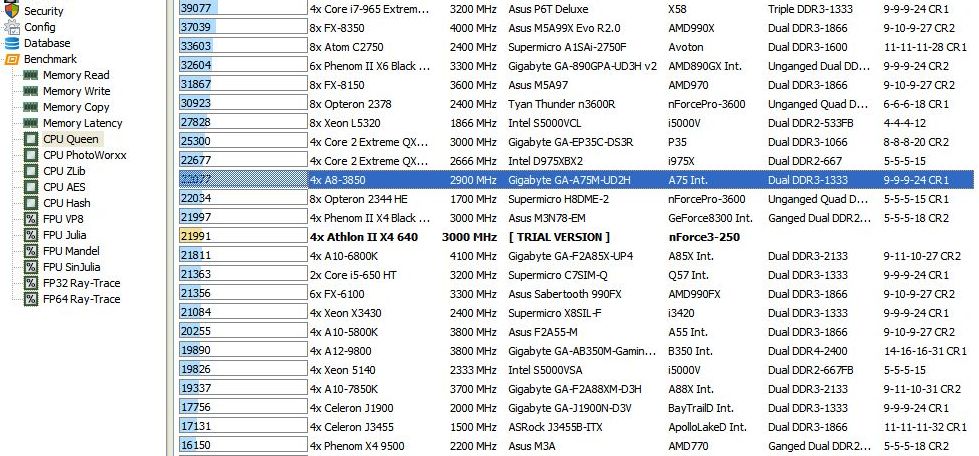
CPU PhotoWorxx
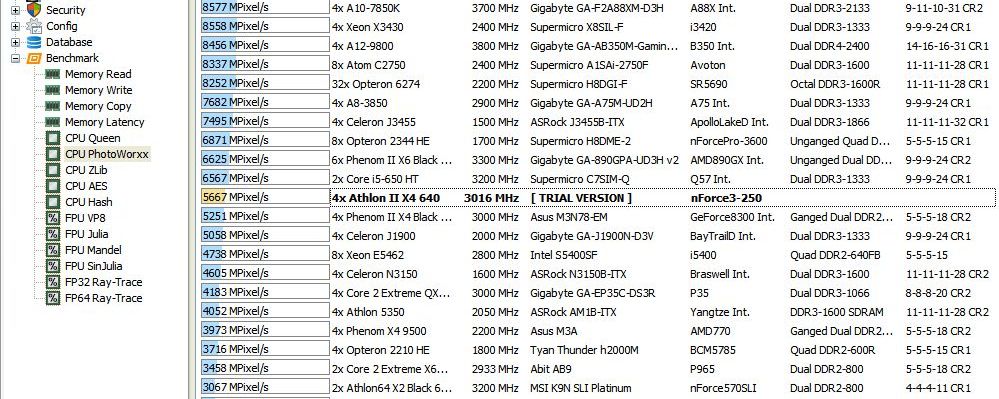
CPU Hash
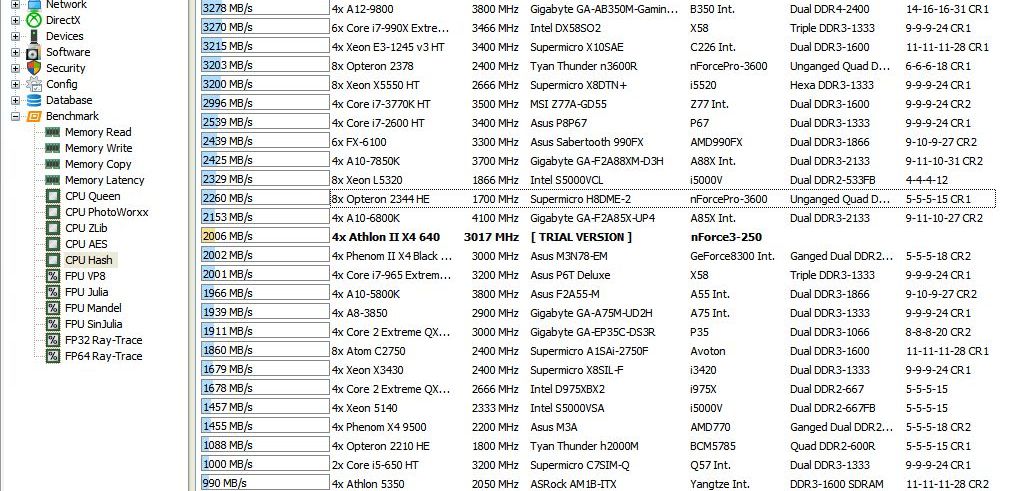
Windows 2000 Server
Next I tried Windows 2000. Here I turned on PAE without problems, just added to Boot.ini
/PAE 
The OS saw 7.339 GB of RAM. However, it was not possible to install the driver on the video card: none of the existing ones were suitable.
When I began to install a driver for a video card, I realized how old Windows 2000 is outdated: even with the latest update, almost no modern programs run under it.
No software is launched, you cannot install a video card, Windows 2000 does not suit us.
Windows 2003 Server
Once, when Windows XP was released, I liked this system much more than XP itself: there were no unnecessary adornments in it, besides, it worked more stable, without obscure failures with which XP had sinned the first versions, and it seemed to me faster Therefore, I used it as the main OS on my computer.
For this computer, I downloaded the lightweight build of 2003 Lopatkin with already included PAE.
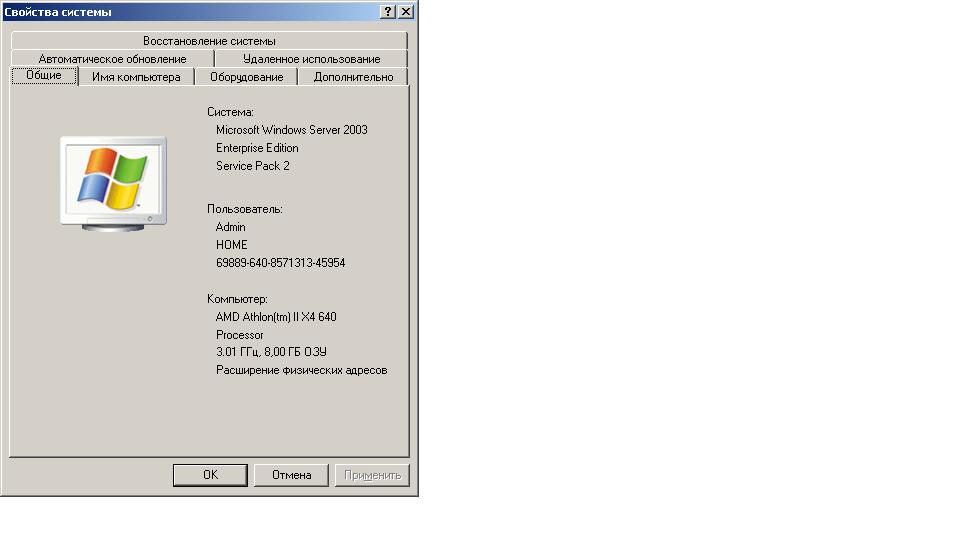
The system has already seen all 8 gigs. I put a preliminary GART driver, then I started to install a video card driver, for this I framed the video driver from XP. Happened.
So, we have a system with a working video card, one of the top quad-core processors for this board, and 8 gigabytes of RAM.
And now let's do what I dreamed to do at that time for a long time, but I could not because of system limitations: disable the SWAP file. The speed becomes much higher, these endless appeals to the hard drive finally disappear!
If this operating system is properly configured, then it takes up less RAM than XP. Just had to remove unnecessary components in everyday use and disable unused services, and I usually turned off all the graphical interface elements to make it work faster. Besides, not everyone knows, but on this server OS you can play 3D games. To do this, however, will have to change some settings.
After installing the video driver in the Properties of the screen, in the Advanced tab, you need to enable hardware acceleration to “Full”. Then restart the computer, type DxDiag on the command line and, on the Display tab, enable DirectDraw acceleration. Also,
in Windows 2003 it is sometimes necessary to turn on the sound service, and without this, there will be no sound
and the tray volume control will be inactive.
Now you can run three-dimensional applications.
Performance test
Let's try to start FurMark . Here is the test result:
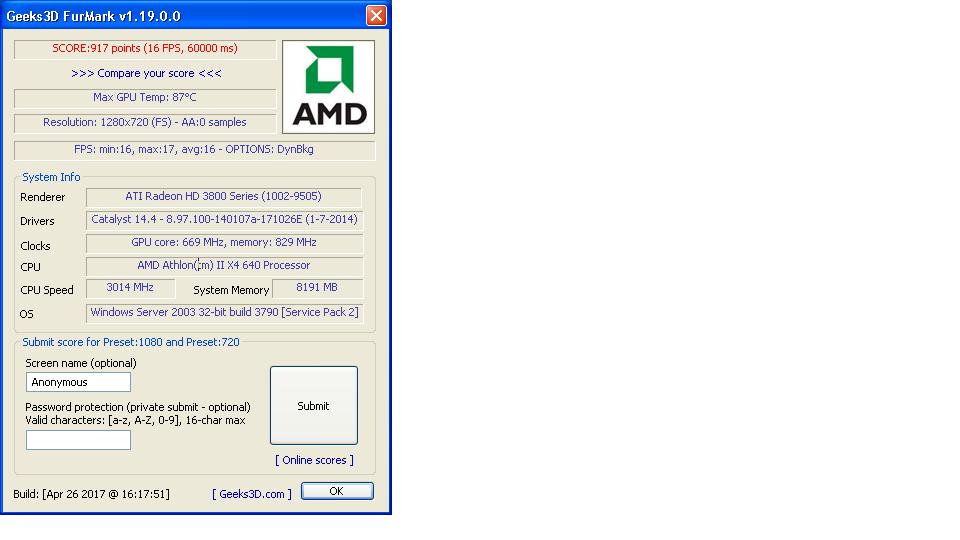
Under Windows XP, the result is almost the same.
3DMark 06

https://www.3dmark.com/3dm06/18029130
When this video card first came out, I went through the radio markets and watched how 3DMark 2006 worked on various video cards right at the merchants behind the shop windows. And I have never seen anyone at that time have 3DMark working as smoothly as on my system today.
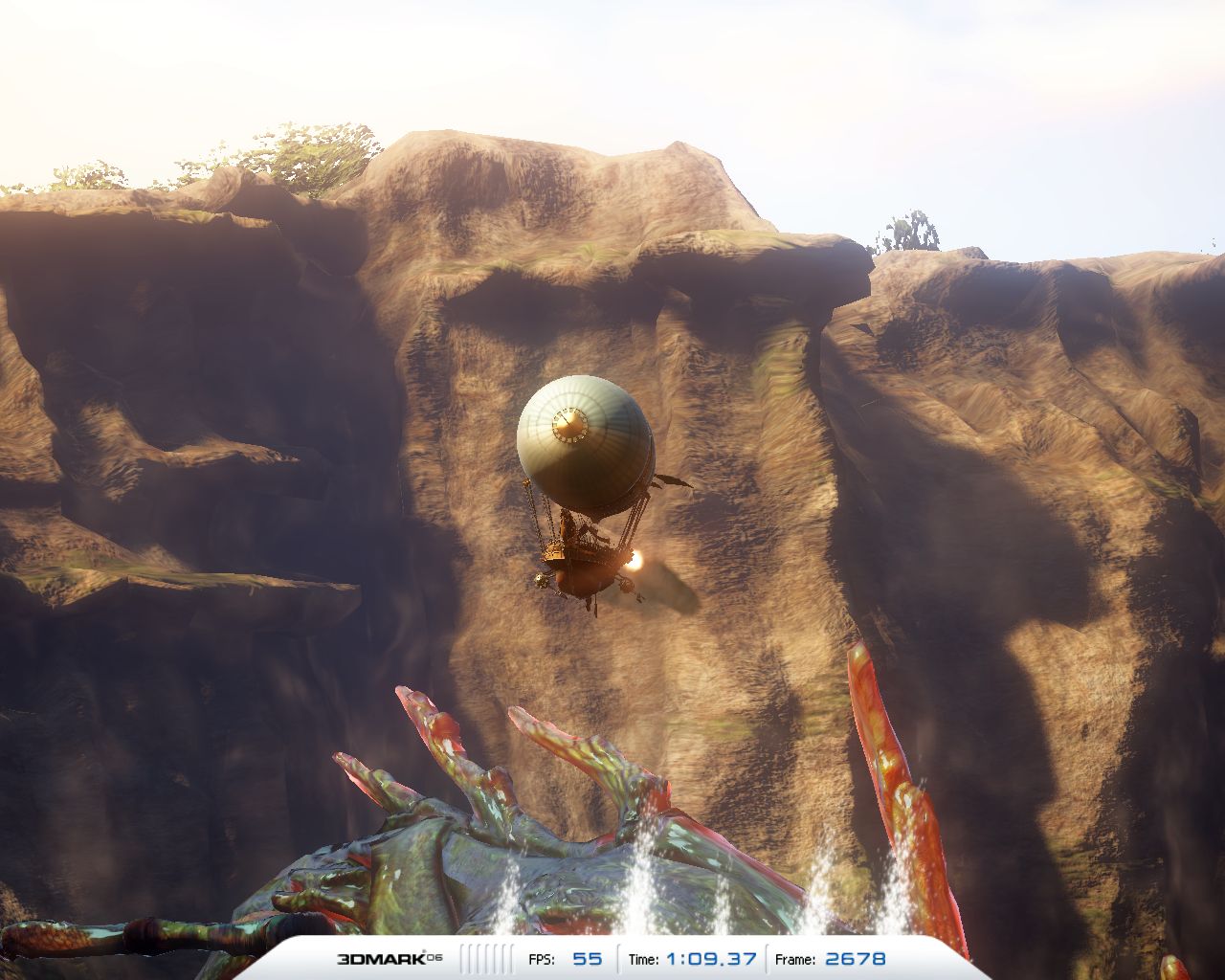
Geekbench 2

http://browser.geekbench.com/geekbench2/2653859
For some reason, Windows 2003 is defined as Windows XP, however, in 3DMark 06 too.
And what if you try 64-bit Windows 2003? But what if...?
Install.
Windows 2003 64-bit
Characteristics of the processor under 64-bit Windows 2003

For comparison with processors from previous tests of this video card
Pentium D 3.4 GHz
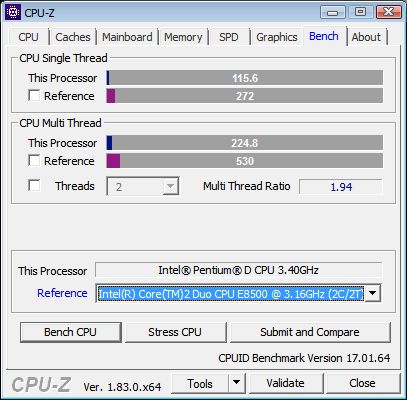
Pentium 4 524, overclocked to 3.74 GHz


Pentium 4 524, overclocked to 3.74 GHz

We install the preliminary driver, then we substitute the video card driver for the driver from the 64-bit XP - it seems to be installed. The video card is defined, we set the human resolution.
About the 64-bit system in the manufacturer’s description, as I wrote, it says:
* Hardware acceleration of AGP textures under Windows XP 64-bit will be disabled.
Turn on hardware acceleration in the Properties of the screen, set DirectX. And voila!

Apparently, the manufacturer forgot to disable support for the HD3850 in 64-bit Windows 2003. In the list of restrictions, this particular card model is not indicated. True, the sense of this is still not enough. The performance of 3D applications in a 64-bit system turned out to be much lower than in a 32-bit one.
Performance test
3DMark 06

https://www.3dmark.com/3dm06/18029308
Or maybe it will work in 64-bit XP?
I installed Windows XP 64-bit, and there it all happened again. 8GB are seen, the drivers are installed, but only the performance is low again, exactly the same as in the 64-bit 2003 Server.
Steamos
SteamOS is simply not installed. It could not be installed either from a flash drive or from a CD. The installation just stopped or hung.
Well, to test our system in games, we’ll focus on 32-bit Windows 2003 with PAE enabled.
As a result, we have a fairly modern system:
Processor: AMD Athlon 2 X4 3000 MHz
RAM: 8 GB DDR2 in dual channel mode
Video card: Radeon HD3850 512Mb AGP
Hard disk: SSD 16 GB (I took several hard disks to install different OS on them)
Power supply: 500 W
True, the OS is outdated, only Windows 2003 Server.
Testing in games
Left4Dead 2
Even at maximum settings FPS reaches 60, and it is quite comfortable to play!

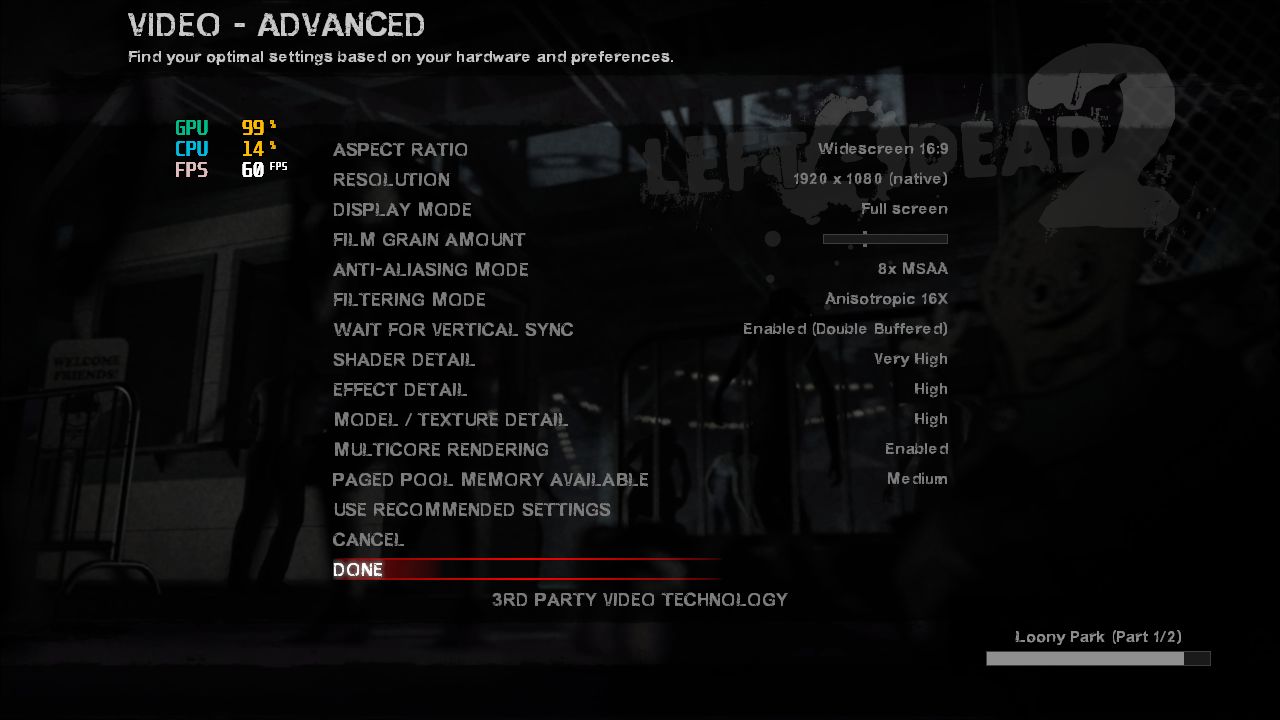
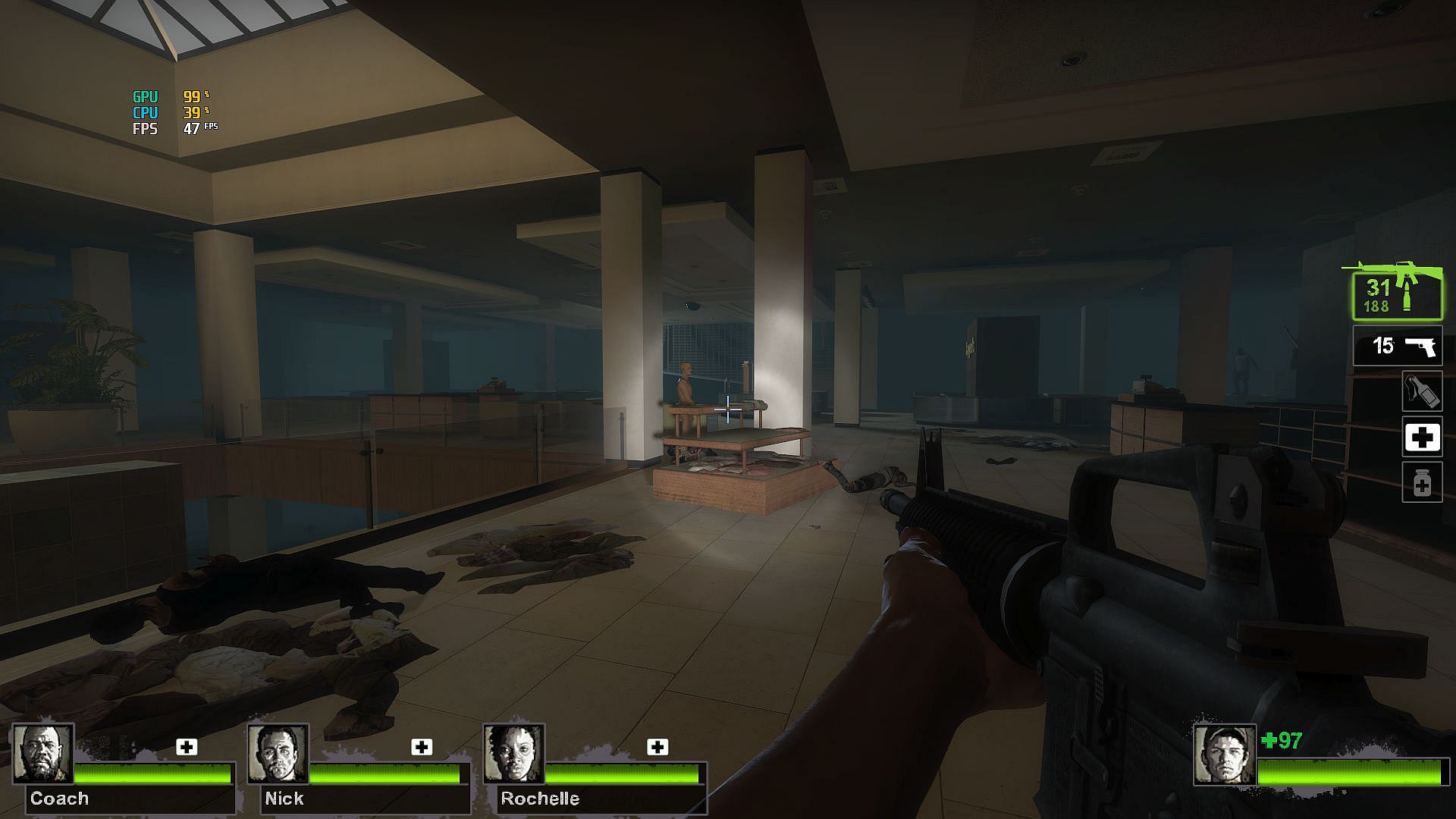
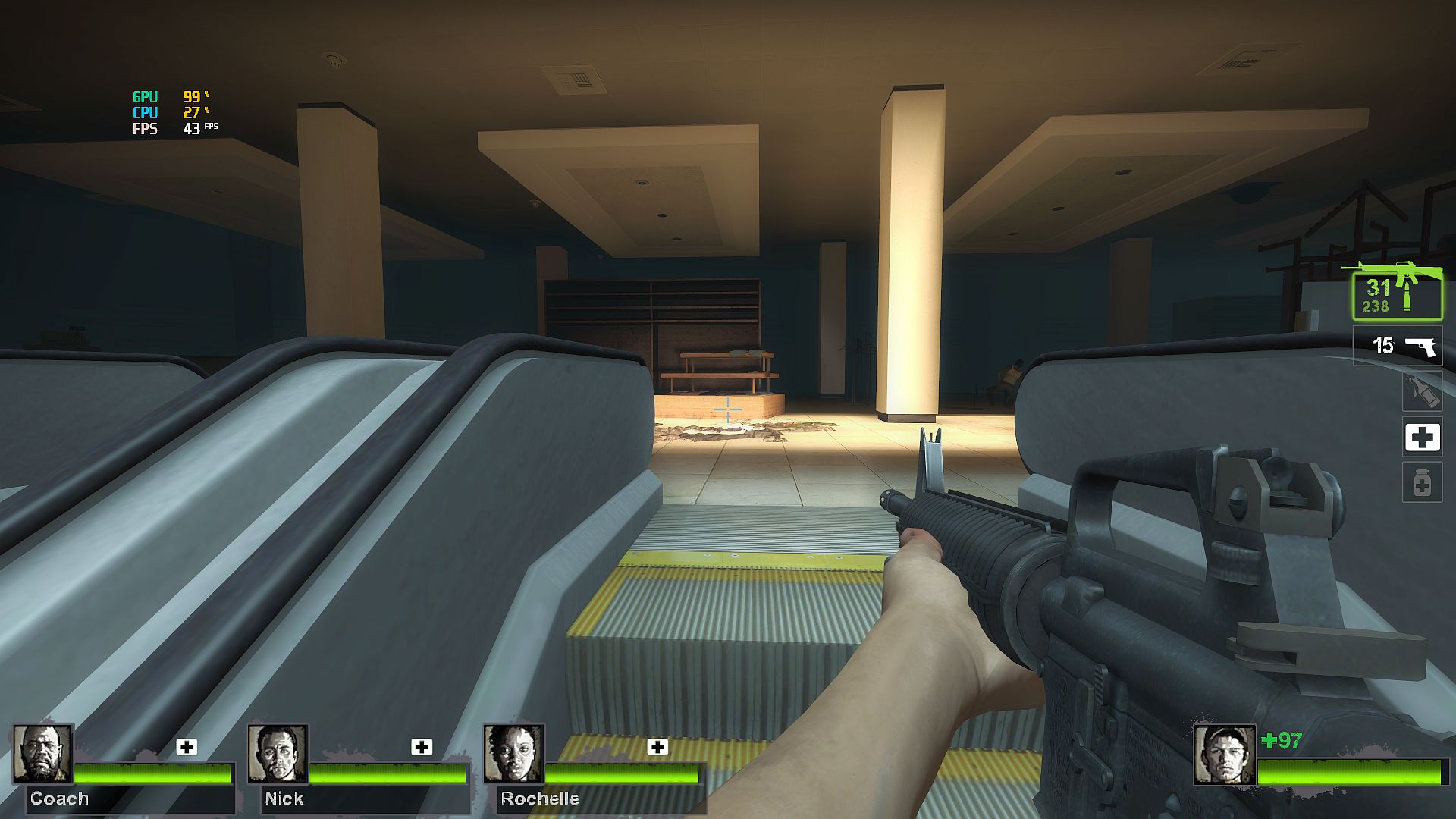
In Team Fortress 2, which is also made on the Source engine, the situation is the same, but the FPS at the maximum possible settings reaches 40-45. It is also quite comfortable to play. Let me remind you that the frame rate per second was significantly lower on the previous motherboard. Affected by a higher processor speed.
World of Tanks Version 1.0 Update
The game starts, but Windows XP only supports DirectX 9, so the standard graphics settings "Improved" and "Lighting and Post-processing" are blocked.
Second obstacle
The game can only be run on the "Standard" settings. In the last article, DirectX 10 worked for us, and therefore all the settings worked there.
Having rummaged in the Network, I came across one article where someone already left this situation. To do this, he installed the game on a modern computer, set the necessary graphics settings in the game, copied the preferences.xml file from it and replaced it on his system. I did the same and it worked out.
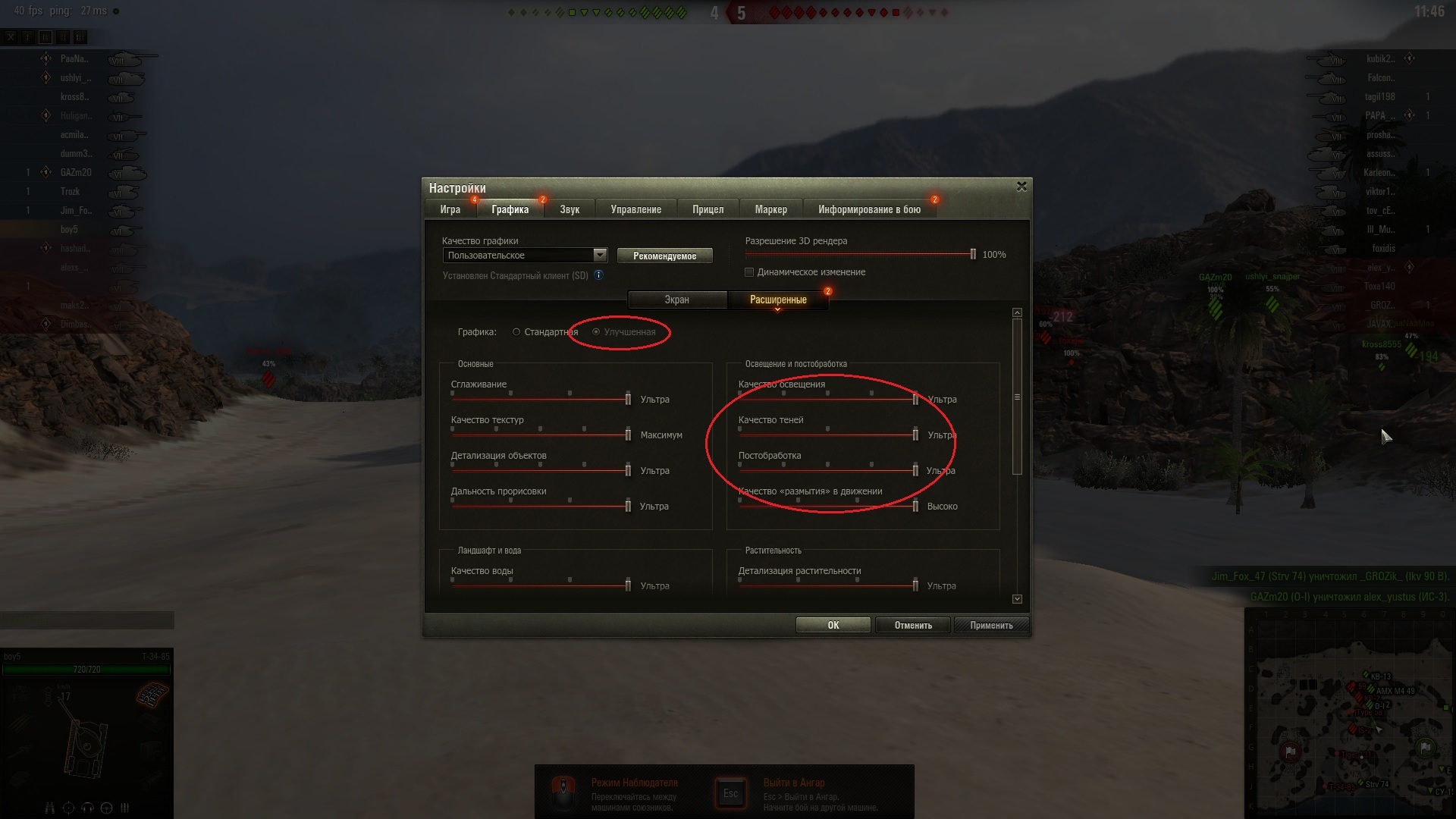
The “Advanced” setting is dimmed. Well, okay, let's test the game with such parameters at high settings.
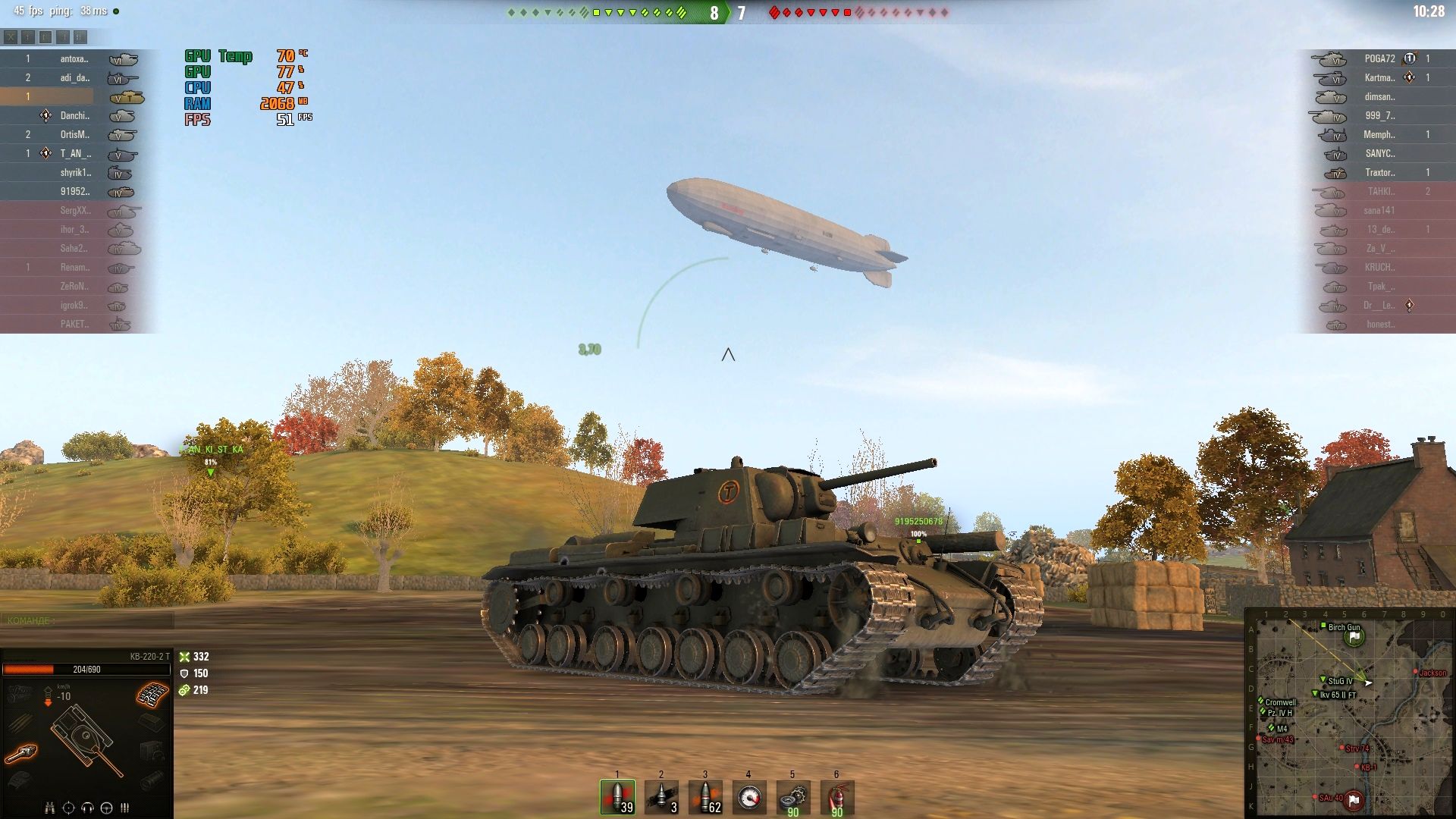
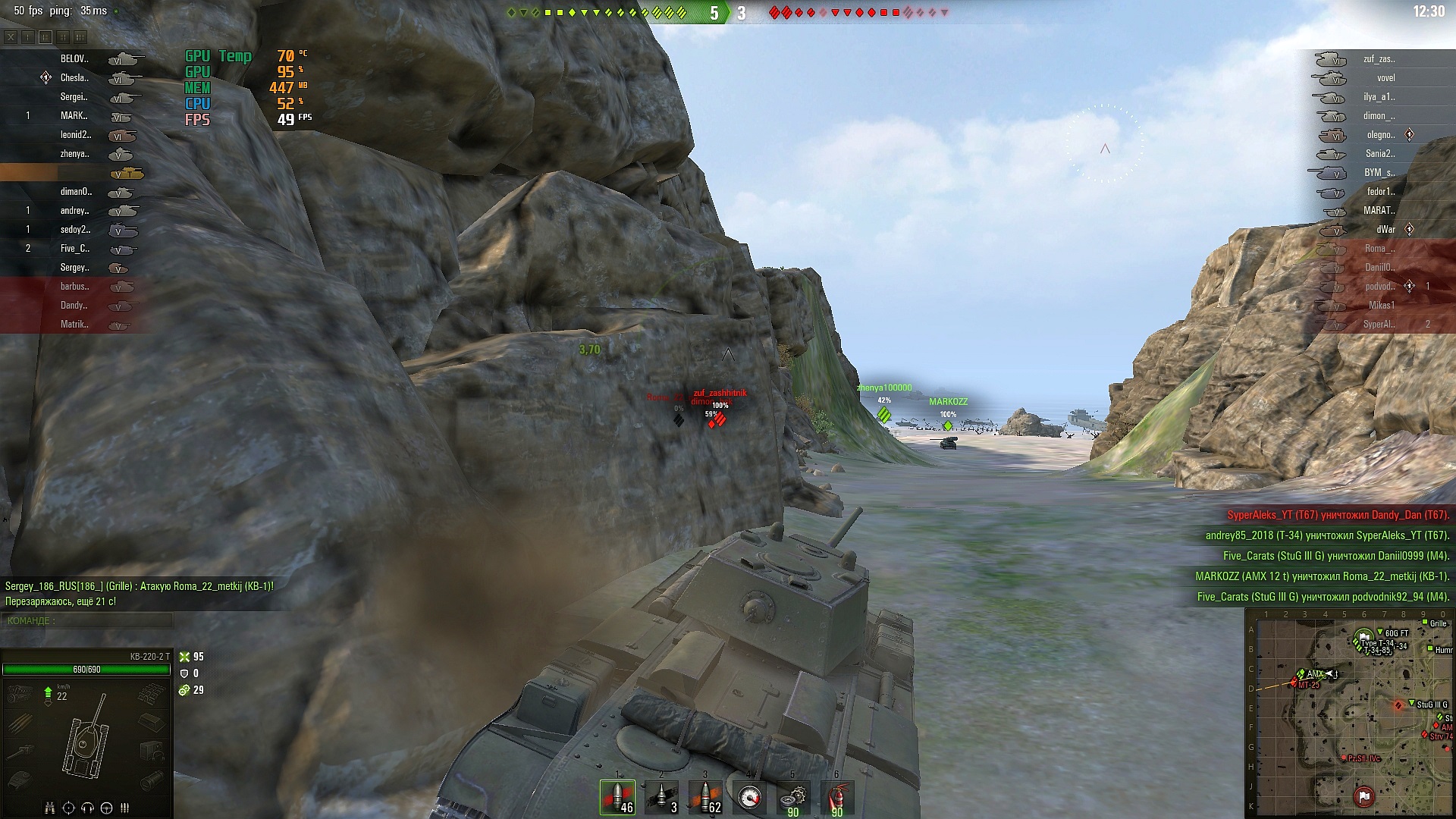
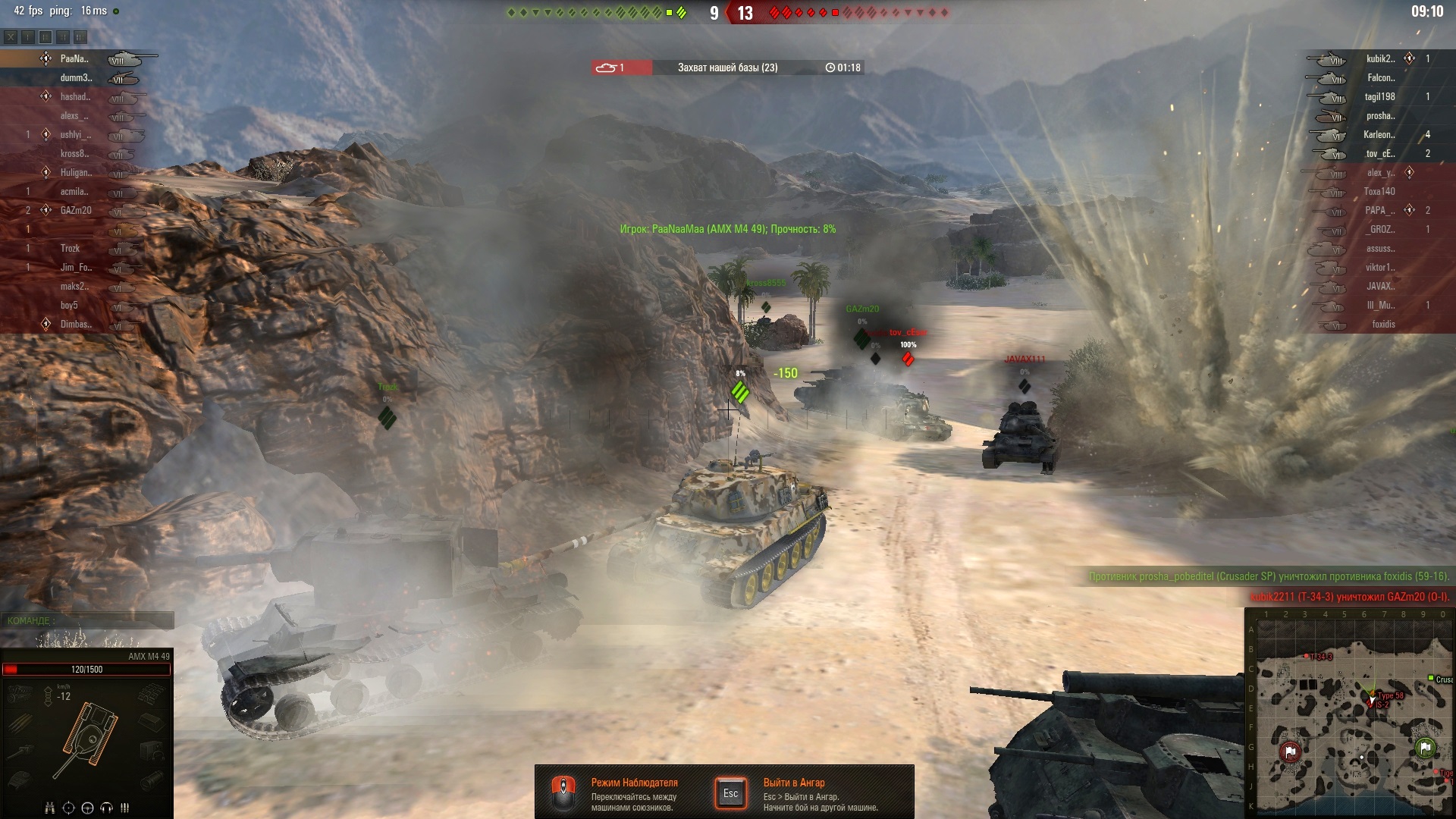
The game shows 35-55 FPS, which is quite playable! The update introduced a great improvement in graphics, and speed at altitude. The game has a good optimization, and it moves well, even for not very fast gaming systems.


Kerbal Space Program
Everything is playable on medium settings.

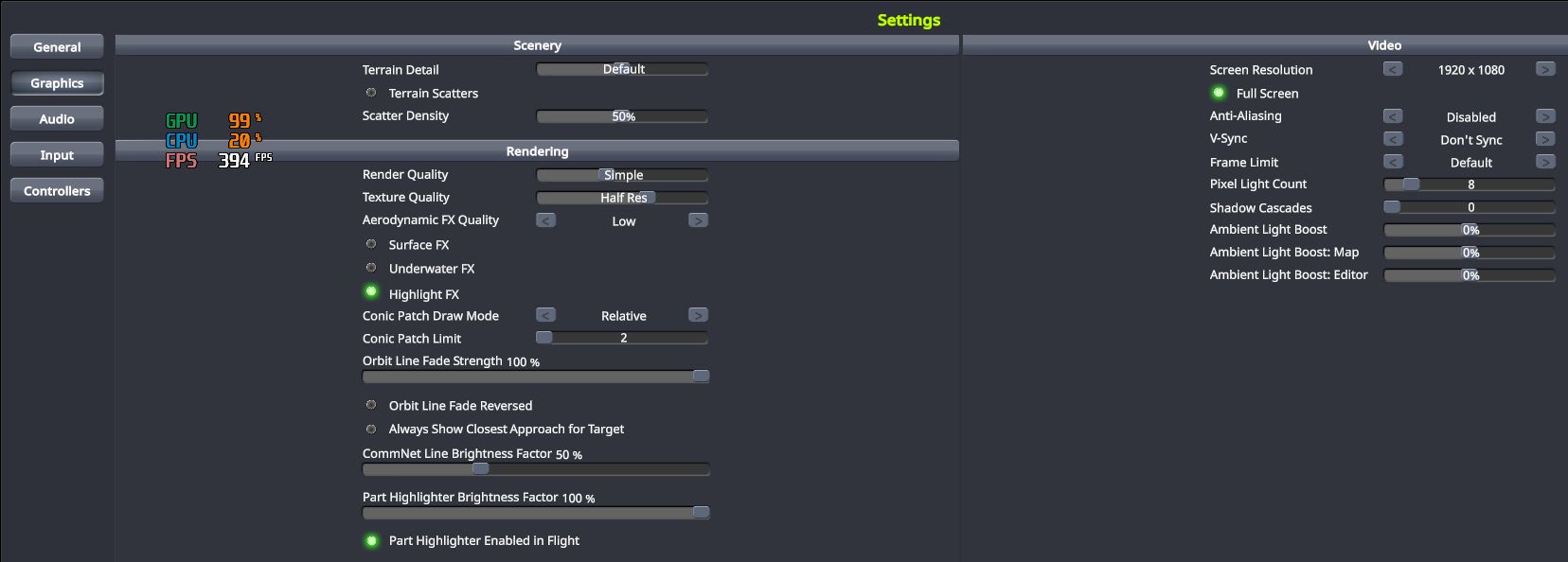

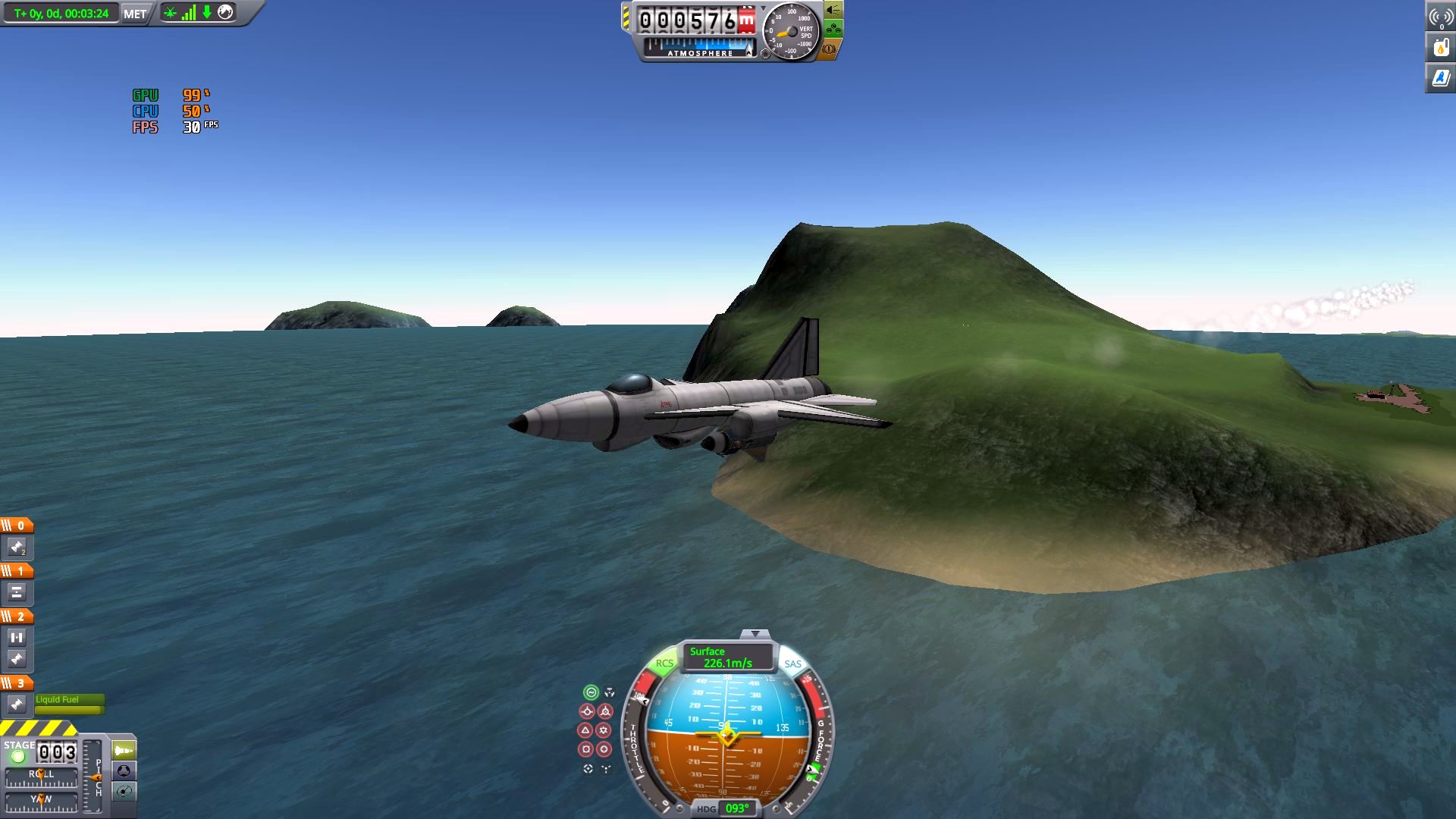

In the open space, in the absence of other surfaces and objects, the FPS is quite high.
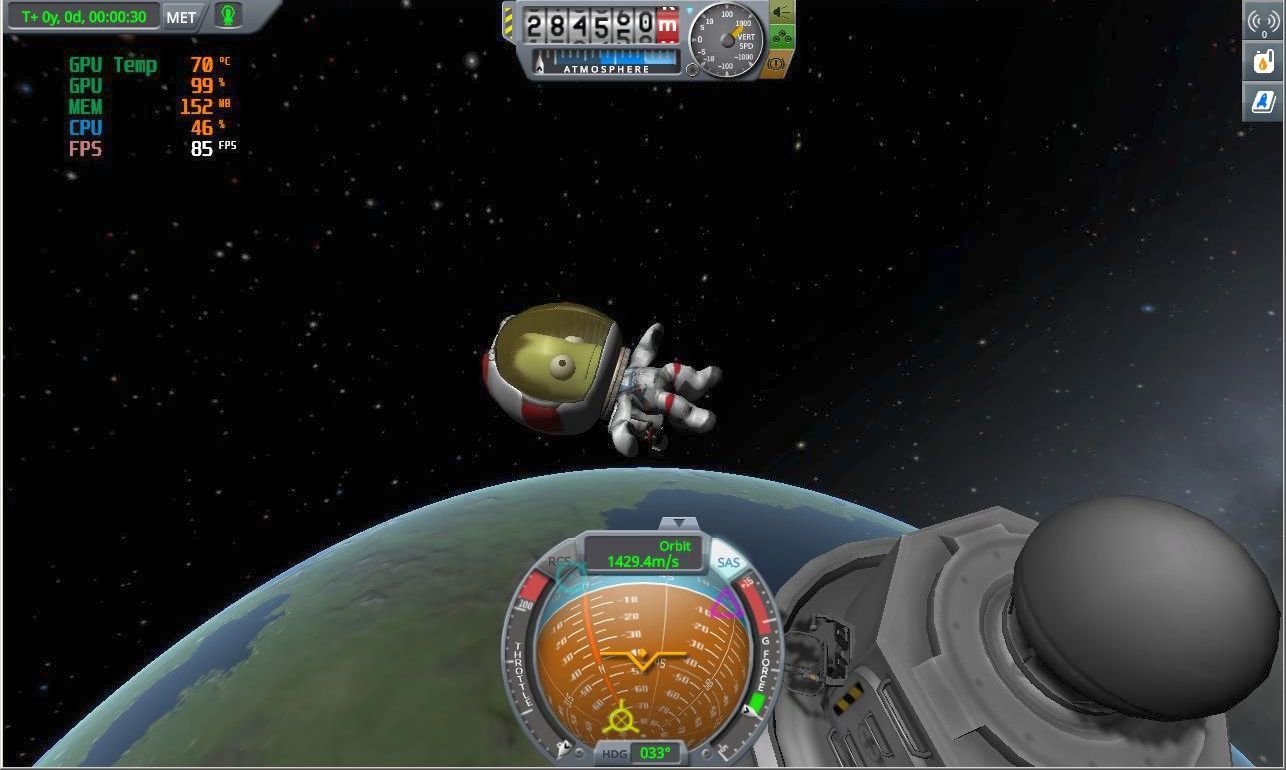
In all these games you can play quite comfortably at medium and high settings. 3D applications are the most inhibited when the Antialiasing option is enabled. True, to be honest, I don’t see much of a difference after turning on this parameter. It seems to me that the game just seems to be slowing down the performance, with almost no visual changes. Guys, tell me, do you really distinguish Antialiasing X4 from X8 visually in DirectX 9 and 10 or is it just such a feature of mine? Although, at that time, everyone tried to buy a video card with support for anti-aliasing X4 or X8 and claimed that this option made dramatic changes to the graphics.
Additional tests that run only on 64-bit OS
From the "new" motherboard, processor and Radeon HD 3850 turned out to be an entry-level gaming system and a good working computer.
And here is another opinion on how to apply this video card:
My old computer is HIS Radeon HD 4670 IceQ AGP (1Gb). All the time I thought that this is the fastest card with AGP. By the way, as far as I remember, at one time this card was even on the list of bitcoins recommended for mining, and the only one with AGP.
On Windows XP, no other mining program was launched, but I specifically installed it on the old motherboard and Pentium-D, installed Windows 7 64-bit and tried to remember it.
Unfortunately, no matter how I tried to combine drivers, system components, etc., I was not able to enable OpenCL support, although the characteristics of this card also indicate OpenCL 1.0 support. Therefore, all miners either do not start, or show the lack of support for OpenCL. However, the MinerGate miner was launched and this is what it showed.

GPU Mining, as in others, "Not supported device"
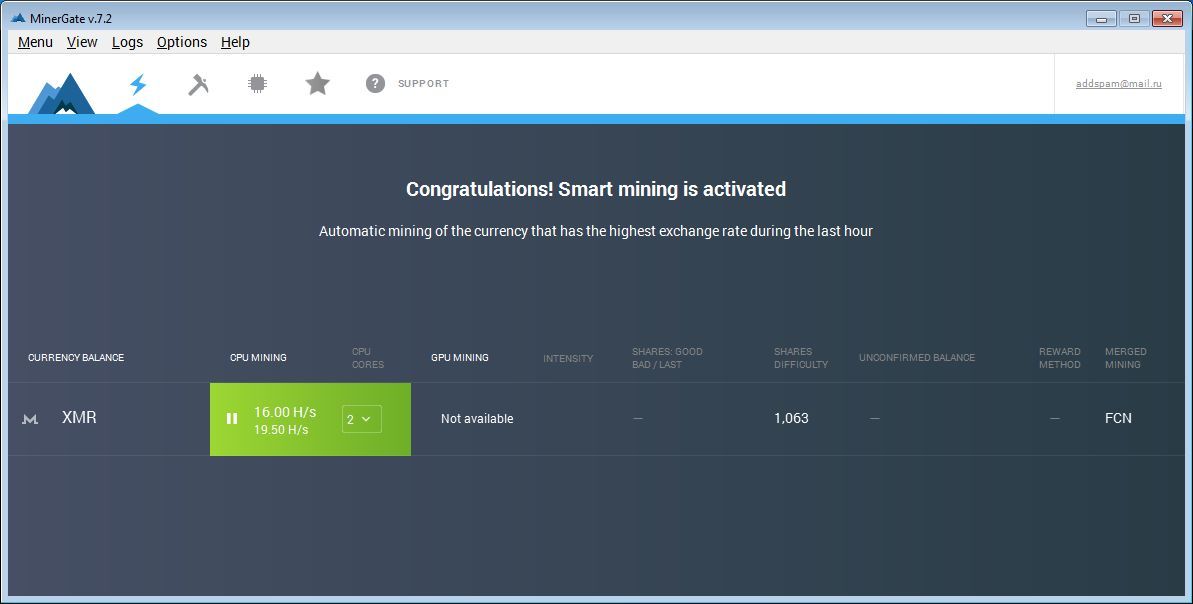
In addition, I will give a few tests and games, for which I also only needed 64-bit Windows, starting with Windows Vista. All of this is running on a 3.4 GHz Pentium D processor.
Motherboard games with Pentium D 3.4
Subnautica version 2018
At minimum settings and 1920x1080 it is quite playable, but shows a lack of system resources (still, the board with the Pentium D supports only 2 GB of RAM)

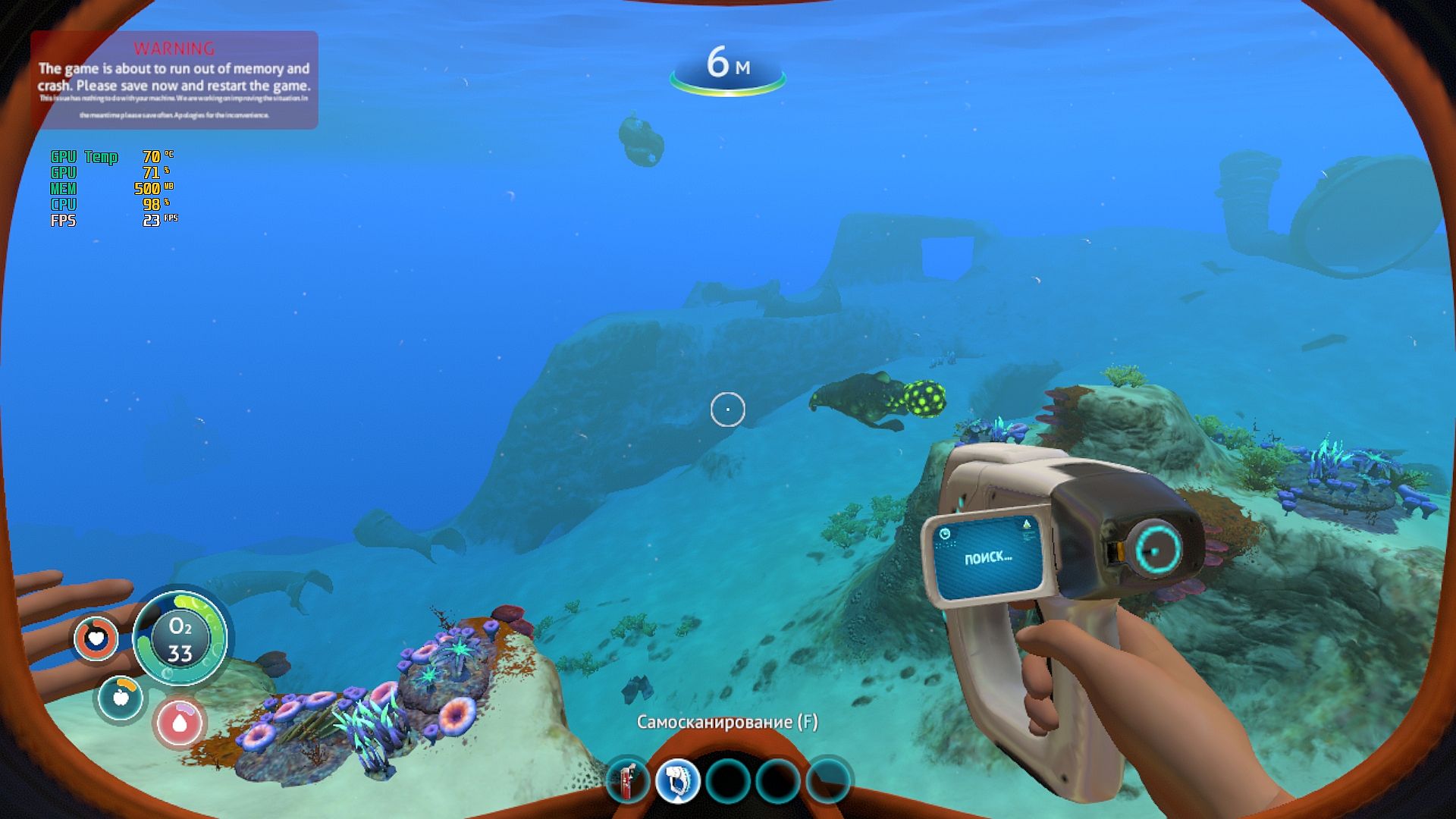
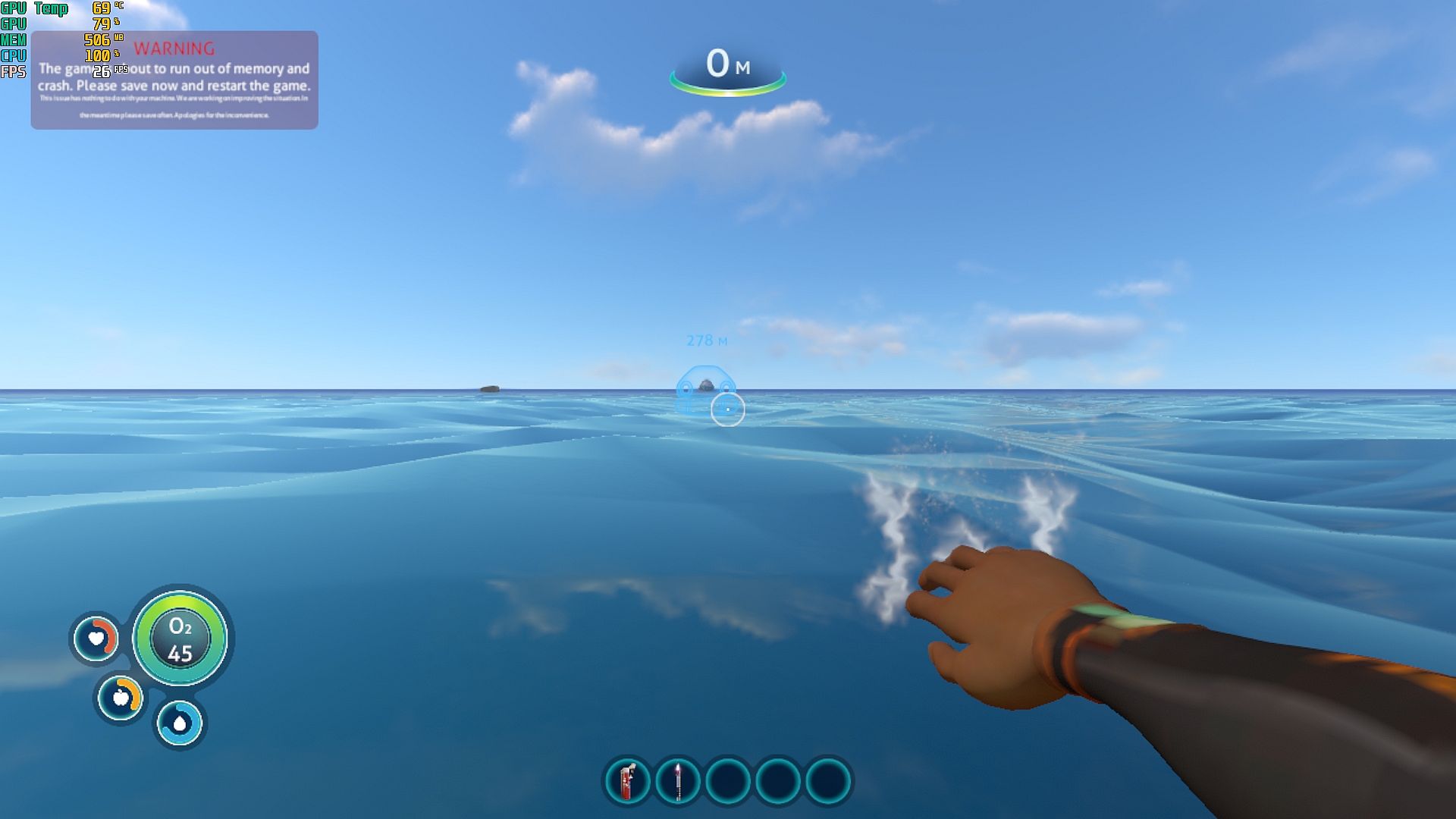
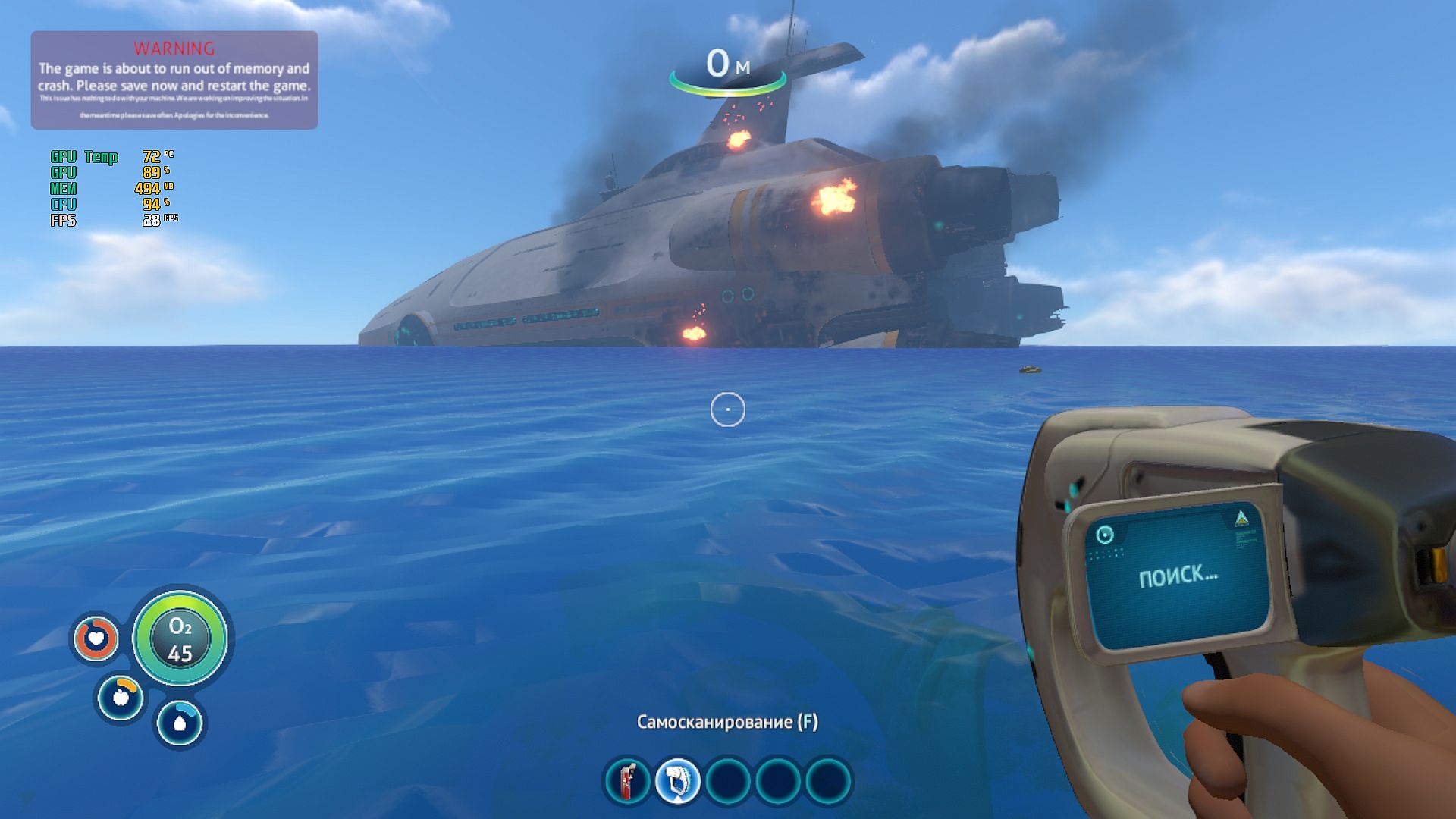
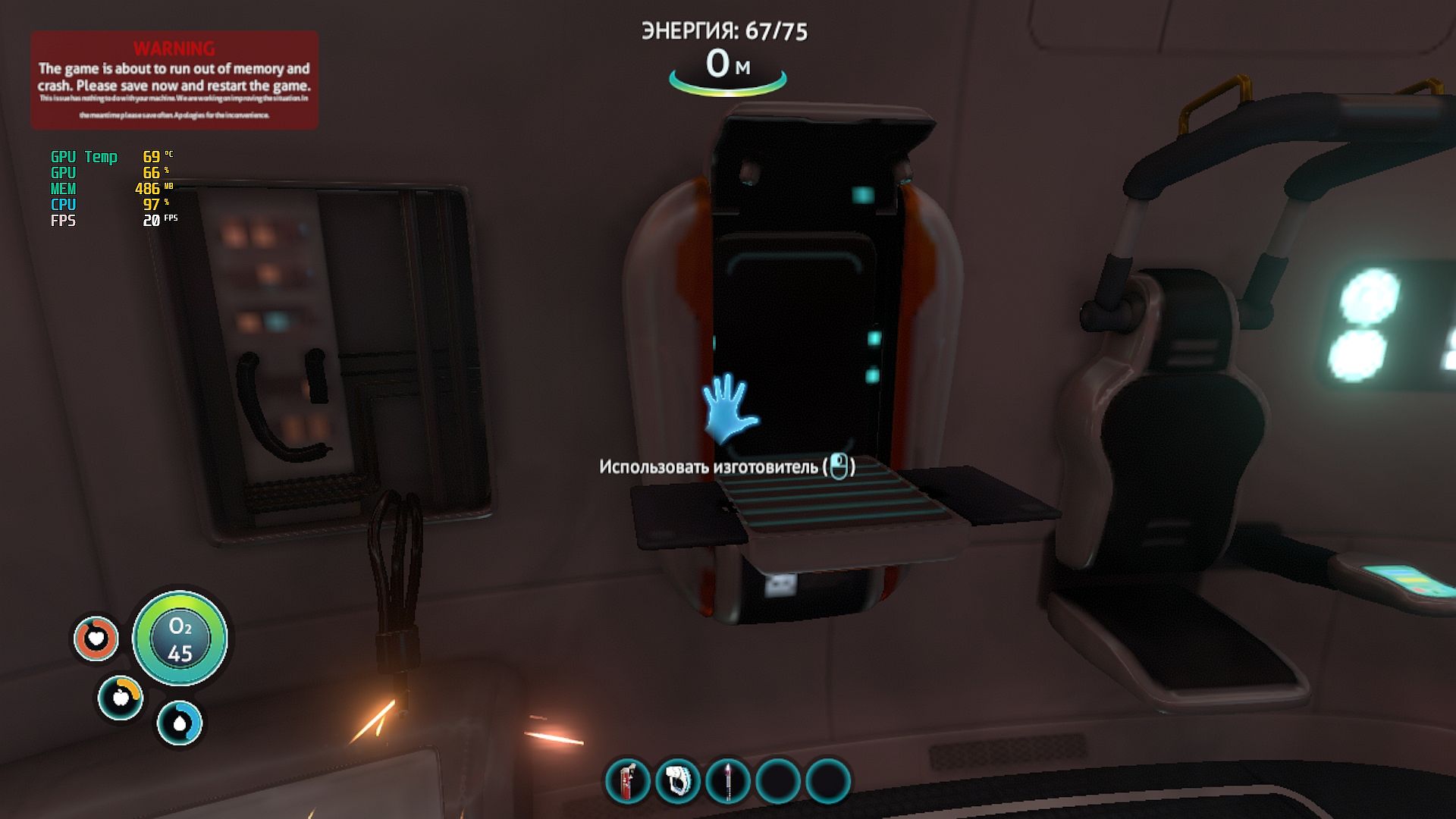
Metro 2033 Last Light Redux
Resolution 1280x800, graphics settings are minimal.

FPS approximately 20-35
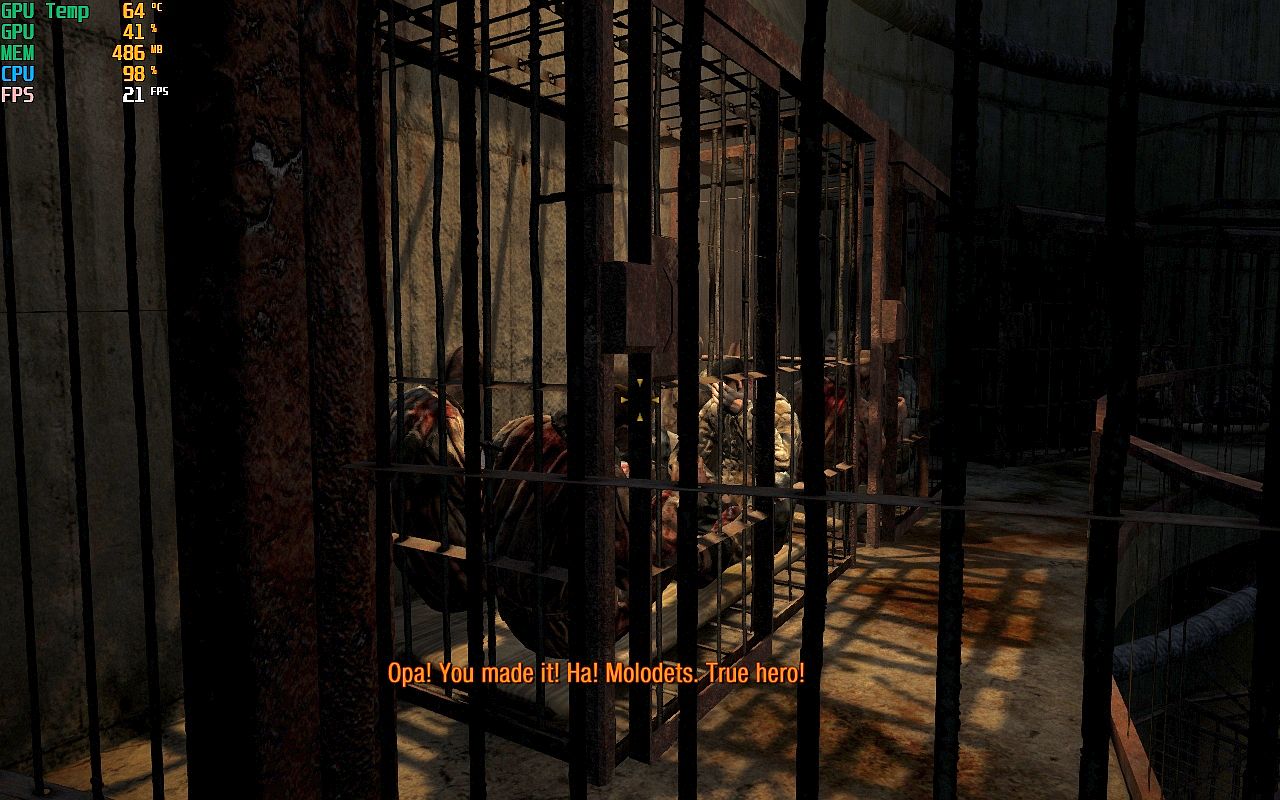
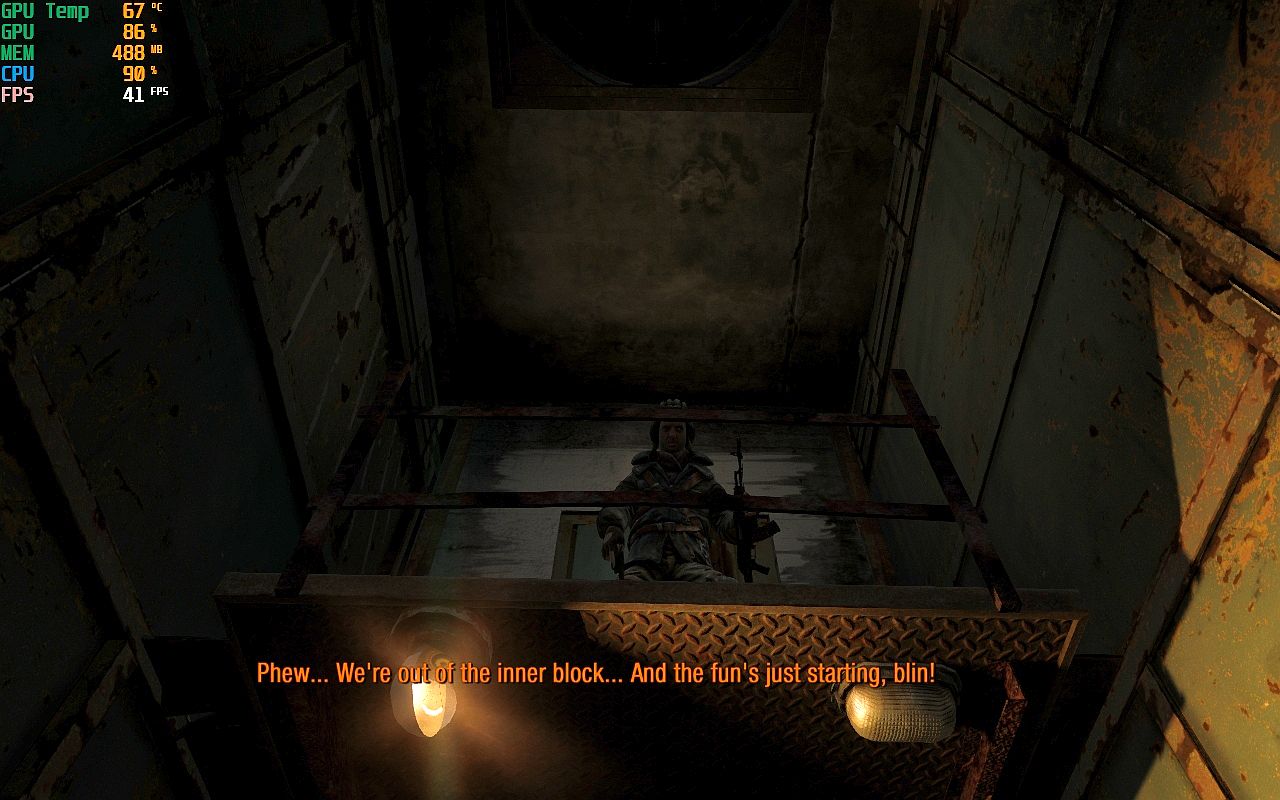

In open areas, the FPS sags, and in the corridors everything is fine
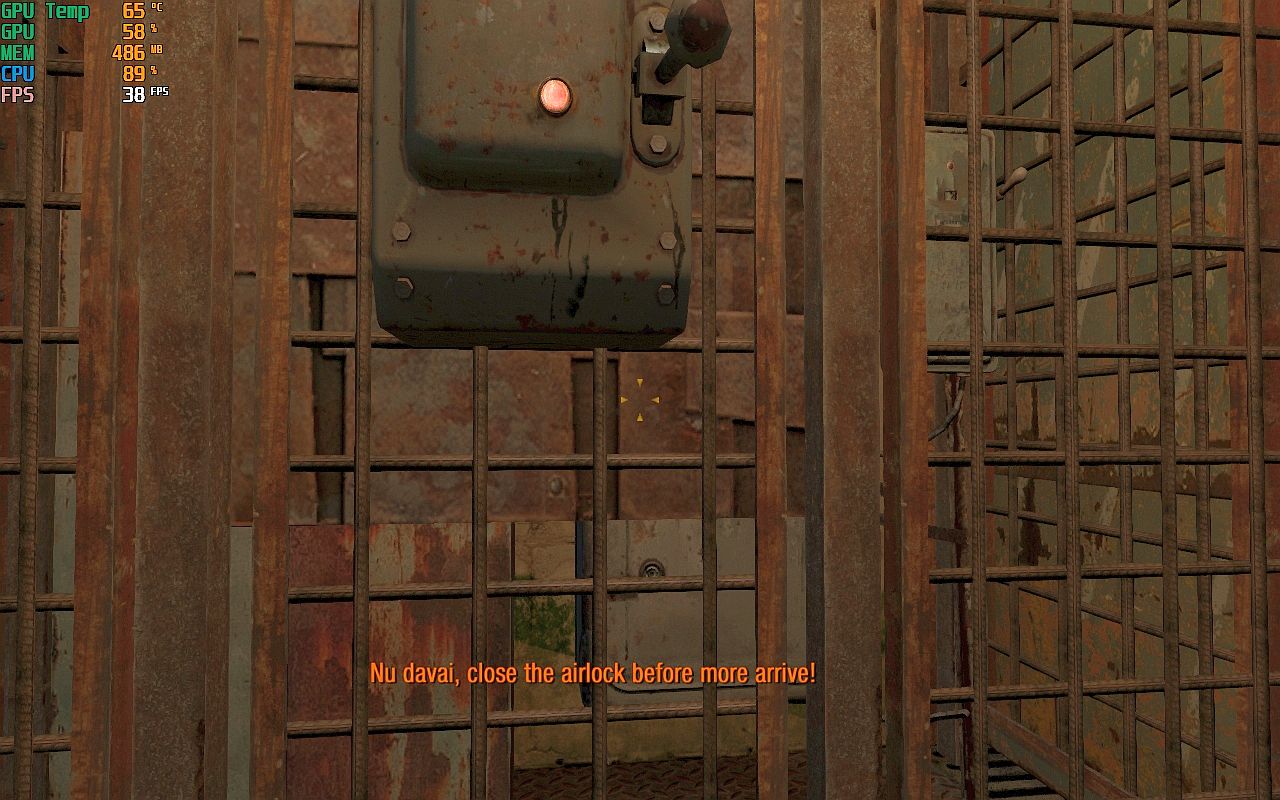
Performance test
3DMark 06 on Pentium D

https://www.3dmark.com/3dm06/18028389
Passmark 9

https://www.passmark.com/baselines/V9/display.php?id=99559517724
Geekbench 4

https://browser.geekbench.com/v4/cpu/7534268
What is the result?
As a result, we have an entry level gaming computer. Not all games are launched, but in those that go on it, you can play quite comfortably. Eh, if not for the limitation with the drivers under OS above Windows XP! From this I can conclude that at that time the top video card was very difficult to “open”. Either had to be limited to single-core processors, or 2 gigabytes of RAM, or, as in my case, only obsolete operating systems.
Therefore, those wishing to dig deeper with such a video card can be advised to do it purely out of sports interest.
Or if you want to try ...

Then you will have to face:
1. The lack of drivers for similar equipment for new OS
2. Search for an additional “iron” that suits you.
3. Search for various adapters for the right connectors.
4. The lack of software for outdated operating systems such as Windows XP and 2003 Server: for example, Google Chrome will not be installed on them, Skype too, and you will have to look for its old version and so on. New software will constantly show errors during installation and operation.
5. The endless search for the necessary components and installing updates for operating systems when installing modern software
6. To changing the cooling system, lubricating its components and replacing the thermal paste wherever possible
7. Perhaps some of the solutions found in this article will help you. And take the advice of the wise man from the previous article.
The Wisdom of the Shaman
Once, when one of the Indians urgently needed to make land markings for all the inhabitants of his village, he sat down at his laptop, presented by his mother two years ago. However, the laptop worked slowly, and the Indian did not have time to complete the work before the moonrise.
- What to do? - He asked the neighbors in the village. - I do not want to buy a new laptop in our village shop. After all, he still has not so many winters! This is ragged.
“Go to the shaman,” said the neighbors, “He has come to know the wisdom that allows one to be content with little.”
An Indian came to the shaman and prayed:
- Tell me how to do work on time without buying a new laptop!
The shaman thought, frowned and said:
- Have you tried to install SSD?
- Not.
- Put it on, and you can use your laptop until you get tired of it yourself!
The Indian went to the store and traded an SSD disk there for only five kilograms of his alpaca's wool. He was satisfied with the work of his computer, used it for many years and praised the wisdom of the shaman of their village.
- What to do? - He asked the neighbors in the village. - I do not want to buy a new laptop in our village shop. After all, he still has not so many winters! This is ragged.
“Go to the shaman,” said the neighbors, “He has come to know the wisdom that allows one to be content with little.”
An Indian came to the shaman and prayed:
- Tell me how to do work on time without buying a new laptop!
The shaman thought, frowned and said:
- Have you tried to install SSD?
- Not.
- Put it on, and you can use your laptop until you get tired of it yourself!
The Indian went to the store and traded an SSD disk there for only five kilograms of his alpaca's wool. He was satisfied with the work of his computer, used it for many years and praised the wisdom of the shaman of their village.
When reviving such obsolete components, you should always be patient, take a tambourine and get ready for tireless dances.
Source: https://habr.com/ru/post/410805/
All Articles